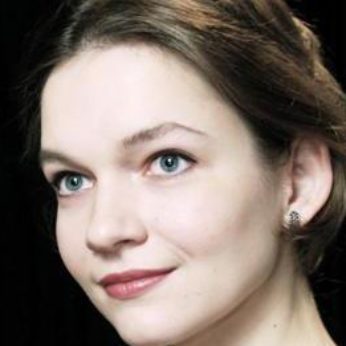I consider him to be a genius, whose contribution to the cello repertoire has yet to be sufficiently appreciated. I remember that after the first performance of his Cello Concerto Shostakovich declared his intention of uncovering the secret of the work’s “unearthly beauty”. Boris’ modest nature would prevent him from ever showing off or advertising himself, and I do not think that sharing a surname with the illustrious Pyotr has helped him either. Nevertheless, I do think that one day people will come to know that two great Russian composers bore the same name. Mstislav Rostropovich
The composer’s friend and prominent poet David Samoilov succinctly summarised the composer’s life: The outward pattern of Boris Tchaikovsky’s life is simple. Its plot and content are in his works. He grew up, he studied, and what followed was music, music and more music. He studied at the Gnesin Music School and the Moscow Conservatory, where Shebalin, Shostakovich and Miaskovsky were his illustrious teachers. After a job in radio he quit in order to devote himself full-time to composing, earning his living like so many other composers from scores for radio plays and films. In his last decade he taught at the Gnesin Institute in Moscow.
He comes chronologically and stylistically between the generation of Shostakovich, Khachaturian and Kabalevsky, who were roughly ten years older, and that of Schnittke, Gubaidulina and Silvestrov, roughly ten years younger. His Conservatory education would have clashed exactly with the anti-formalist campaign that saw giants like Shostakovich banned from teaching. Perhaps as a result of this he shunned the limelight and was well-known for his stoical attitude towards the hardships of the composing life.
There appears to be a developing tradition among major post-war twentieth century Russian composers to open their signature piano quintets with a solo piano recitative, consciously or unconsciously following in Shostakovich’s footsteps. The piano introduces the long winding theme with its characteristc repeated falling two-note motif at its tail, continuing uninterrupted even after the strings break in with big unison chords. Once the strings pick up the theme the piano falls silent and it quickly becomes clear that piano and strings will be working in opposition to each other. The whole movement is constructed from the one theme, treated with increasing acerbity and working gradually to an extended passage of ferocious intensity before a drawn out coda of great beauty that belatedly realises the lyrical potential of the theme.
The second movement opens with a gentle muted theme in the strings played twice each time closing with a hesitant questioning cadence. The piano answers with its own questions in a short Largo passage that returns variously developed throughout the movement. In a number of extended passages the strings explore the lyrical potential of their theme and right at the end the first violin and the piano are suddenly reconciled in a remarkable duet.
The Scherzo is familiar territory, a driving marcato rhythm, piano and strings striving to build great blocks of sound, eventually generating a ferocious fff climax that leads directly into the overwhelming funeral march Adagio. Here a relentless two-note motif is hammered out alternately by piano and strings first forte softening later to piano until the first violin at last relents, seeking to find a way to hold back the death march with music of an appalled beauty. Gradually a wisp of a melody develops out of the motif and the march loses its bitter edge. In the final pages we find a kind of apotheosis as the cello takes the violin’s place unfolds the theme one last time before the deeply moving morendo conclusion.
